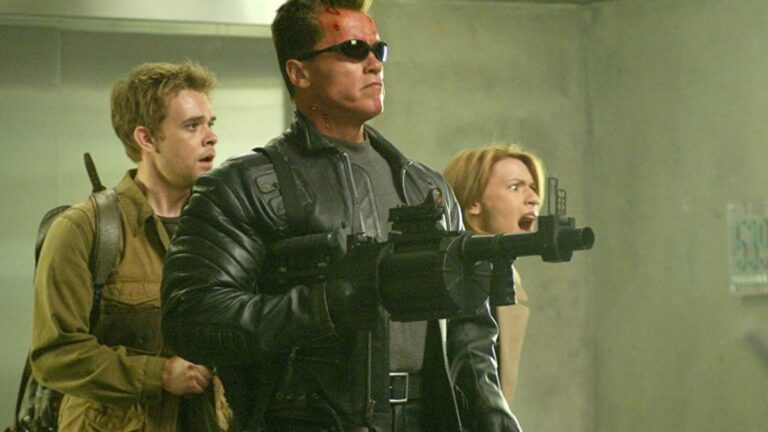
[ad_1]
August 29, 1997. It was the day the world was supposed to end, the day when a military super-computer named Skynet became self-aware, and did its best to wipe out all life on Earth. The events of “Terminator 2: Judgment Day” seemingly averted the apocalypse, but what was good news for the human race was a potential disaster for anyone looking to build an ongoing movie franchise – turns out there’s little room for happy endings when it comes to monetizing killer robots from the future.
If the time-traveling cyborg saga has taught us anything, however, it’s that Terminators do not stop. Ever. Even though original creator/writer/director James Cameron had jumped ship to win a bucket loads of Oscars with “Titanic”, Arnold Schwarzenegger was happy to say “I’ll be back” for a third time, and the threequel subsequently continued a story that – to all intents and purposes – had been satisfactorily wrapped up by “T2”.
When it finally arrived in 2003, “Terminator 3: Rise of the Machines” proved to be little more than a retread of Cameron’s greatest hits, until an ingenious and unexpected curveball of an ending turned out to be its unlikely salvation.
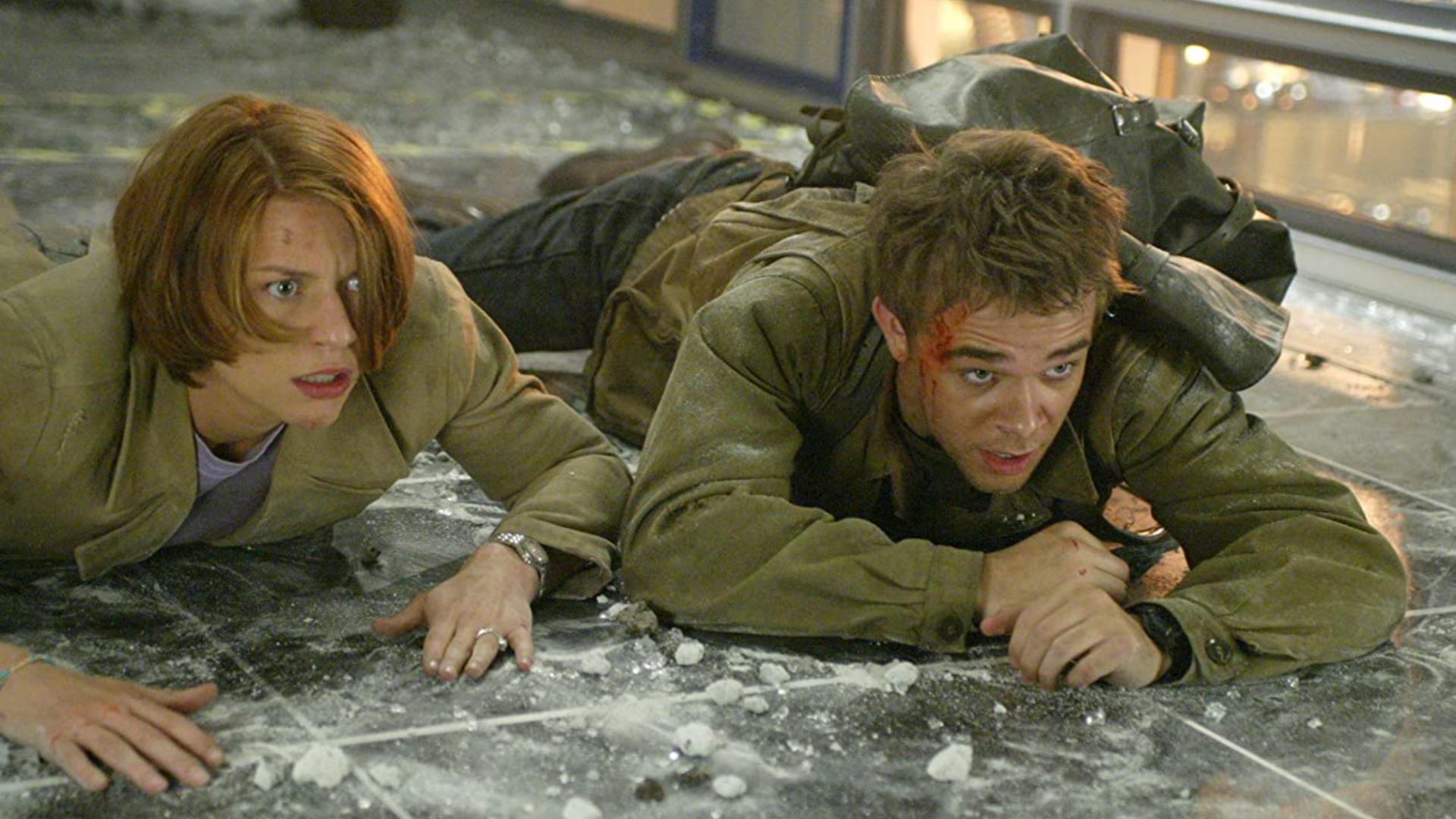
With a whopping 35 years separating “Blade Runner” and its follow up, the 12 years that elapsed between the second and third “Terminator” movies is the blink of an eye in Hollywood terms. Nonetheless, a lot had happened in the interim – in fact, with one of the rights holders, Carolco Pictures, going bust, other legal wranglings, and disagreements over potential budgets, simply getting the proverbial green light was an epic undertaking in itself.
Although Cameron had tentatively worked on a follow-up in the mid-’90s – and made “Terminator 2 3D: Battle Across Time” for a ride at Universal Studios – his thoughts were elsewhere by the time “Terminator 3” became a reality. It was a hole that director Jonathan Mostow – hot property in Hollywood action circles at the time, after “Breakdown” and “U-571” – and screenwriters John Brancato and Michael Ferris struggled to fill. Indeed, as directors David Fincher and Jean-Pierre Jeunet discovered on “Alien 3” and “Alien: Resurrection”, respectively, following up a genre-defining sequel from James Cameron is something of a no-win scenario, where doing something differently will usually be perceived as doing it wrong.
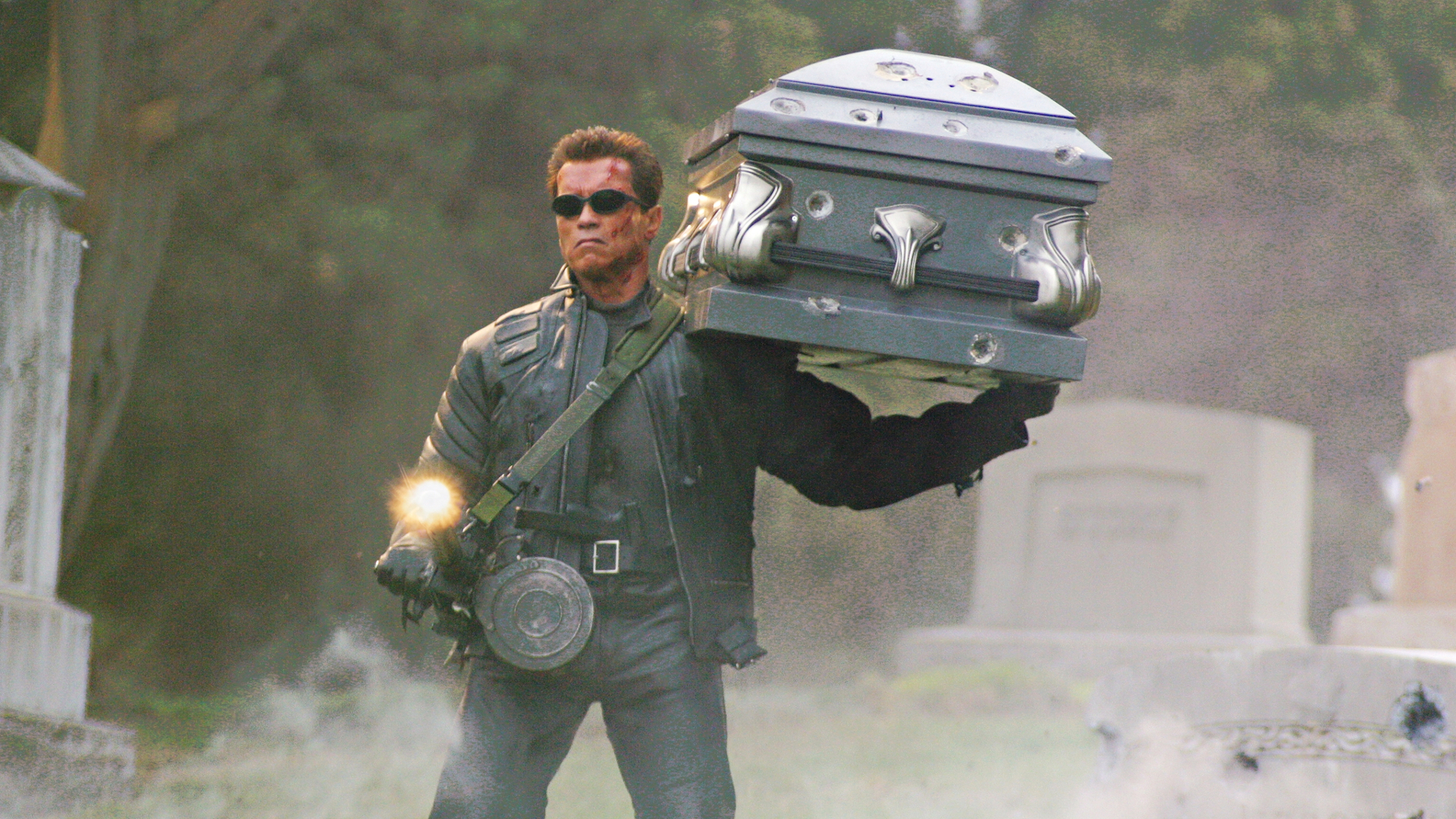
Their lives were made even more difficult when Linda Hamilton decided not to reprise her role as Sarah Connor, the mother of the savior of mankind. “They offered me a part,” the star told MTV a few years later. “I read it and I knew my character arc was so complete in the first two, and in the third one it was a negligible character. She died halfway through and there was no time to mourn her. It was kind of disposable, so I said no thank you.”
With Sarah killed before the movie kicks off – we eventually learn she died from leukemia, having survived just long enough to see Armageddon not coming to pass – her son, John, becomes the center of the story. Sadly, he’s no substitute for his mom.
Where Sarah evolved from scared victim to iconic action hero over the course of two movies, this incarnation of John is simply a whiny 20-something living off the grid. It doesn’t help that Nick Stahl – replacing “T2″‘s Edward Furlong after his well-documented issues with substance abuse – never comes across as the sort of guy who could rally humanity to rebel against their robot overlords.
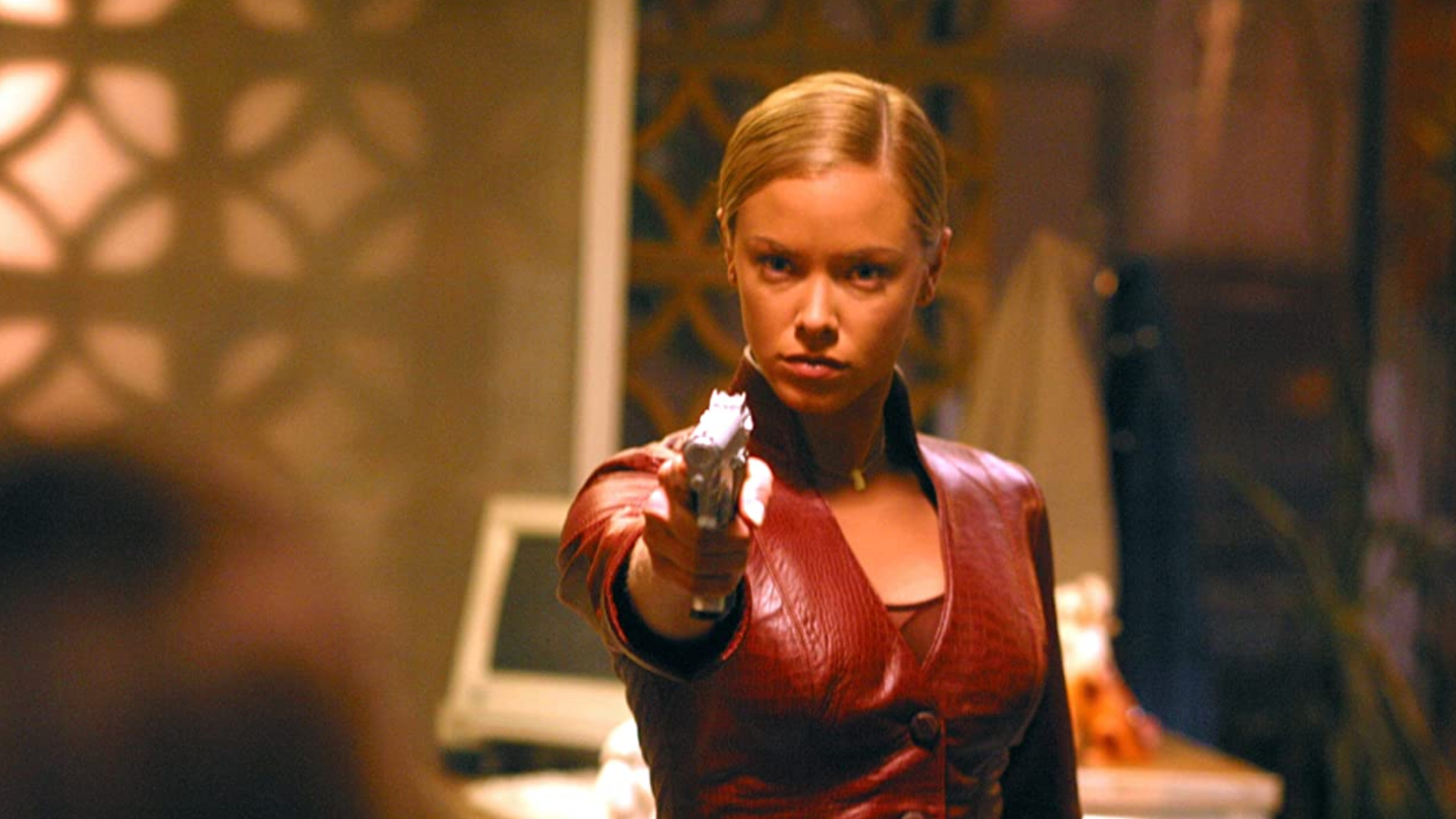
For most of its running time, the movie feels like it’s looking over its shoulder, asking “what would Jim Cameron do?” without ever having the right answers. The action, while perfectly serviceable, never supplies a wow moment to compete with Cameron at his best. New-model Terminator the T-X (played by Kristanna Loken), meanwhile, is clearly supposed to be an upgrade on “T2″‘s shapeshifting T-1000, but with an arsenal that includes the ability to control other machines (as well as built-in circular saws and plasma weapons), she’s more robotic Swiss Army Knife than the stuff of nightmares.
There’s also an over-reliance on references to what came before, as franchise stalwart Earl Boen inexplicably returns as psychiatrist Dr Silberman, and Schwarzenegger’s original Terminator model, the T-101, frequently becomes the butt of the joke. It’s almost sad to see Arnie trying out star-shaped sunglasses in the vain hunt for a laugh, or updating a famous catchphrase with a weary “she’ll be back”. His brief experimentation with “talk to the hand” is a throwback to the early ’00s that hasn’t dated well.
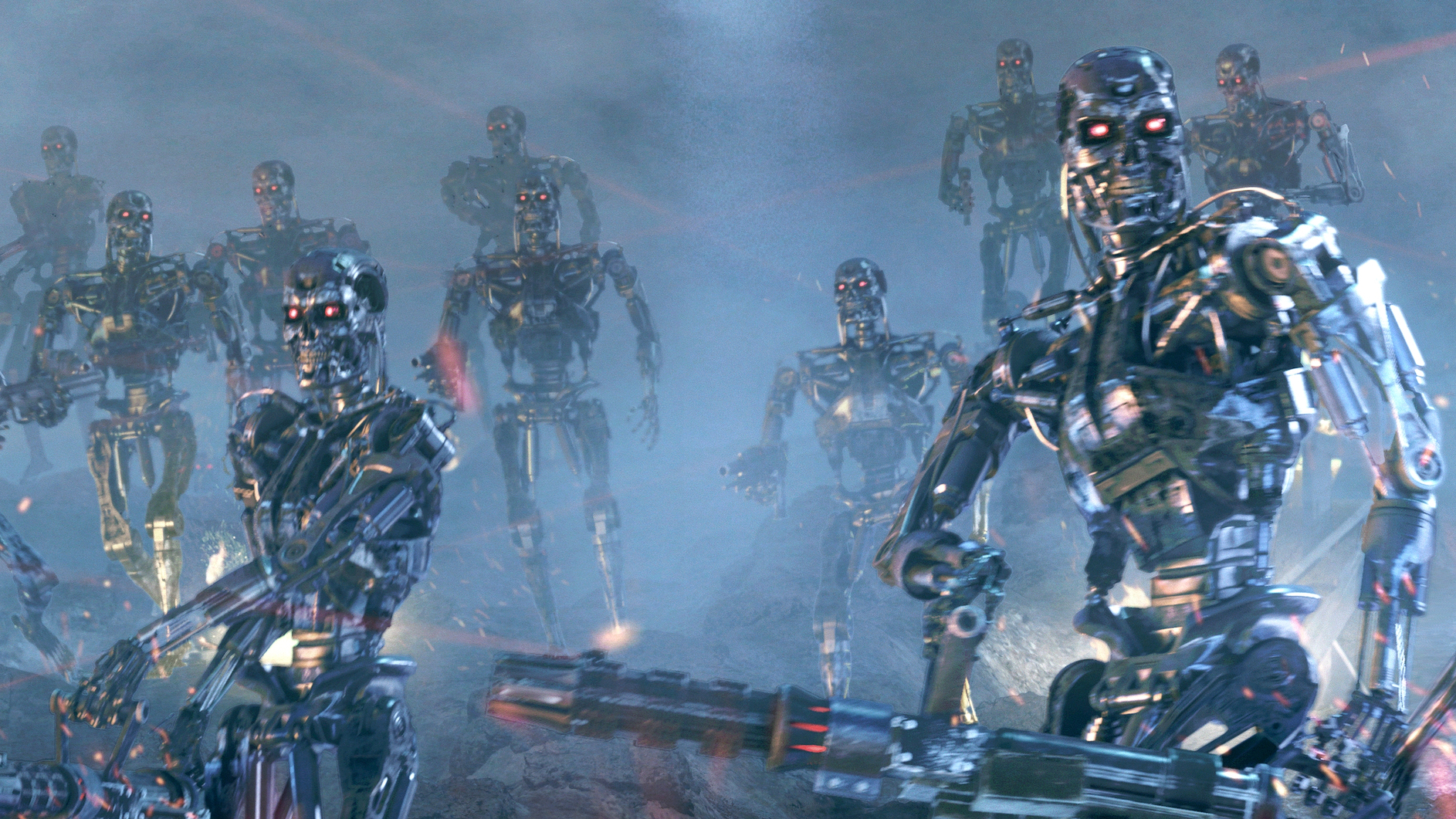
But then, against all the odds, the movie discovers a sense of purpose in its final act, as Cameron’s old adage that “there’s no fate but what we make for ourselves” proves spectacularly off the mark. While Skynet had missed its original 1997 date with destiny, “Terminator 3” reveals that computer software – much like life – finds a way, as the latest iteration of the franchise’s Biggest Bad makes an all-new bid for world domination. It turns out that Judgment Day wasn’t cancelled, simply postponed, and that the “Rise of the Machines” subtitle was a bigger giveaway than we thought…
The success of the film’s ending is as much about the execution as the outcome. In the decade or so since “T2”, humanity’s relationship with computers had changed forever, as the analogue existence of the early ’90s segued into the internet age. “Terminator 3″‘s writers recognized the potential of a world where everybody was connected 24/7, as Skynet unleashes a virus to worm its way into every computer system on the planet, effectively becoming the world wide web in the process. The machine suddenly becomes unstoppable, and a much greater threat to humanity than some super-cooled super-computer hiding in an underground cavern in the American desert. Given current, real-life concerns about the rise of AI, it’s a super-smart twist that feels remarkably prescient 20 years on.
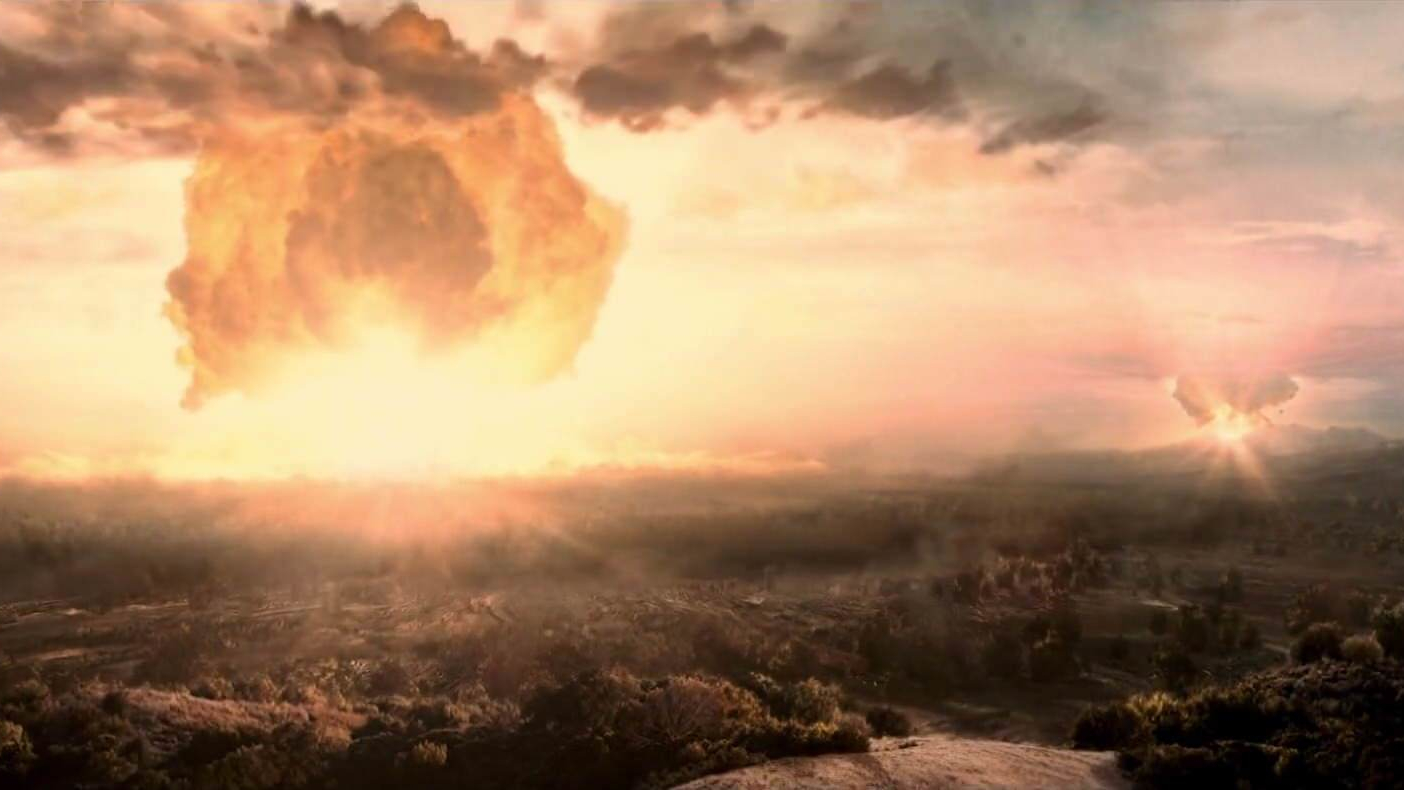
Where “T2″‘s reason for being was stopping Judgment Day from happening, “Terminator 3″‘s priority is keeping calm and carrying on. John Connor and his future wife/second-in-command Kate Brewster (Claire Danes) aren’t heading to the top secret military base at Crystal Peak to stop Skynet – they are going there to survive the oncoming apocalypse, and their guardian angel T-101 knows that from the start. Indeed, when he tells John “we’ll meet again”, he may as well be referencing the nuclear missiles raining down to a Vera Lynn soundtrack in the famous climax of Stanley Kubrick’s “Dr Strangelove”.
Is a killer ending enough to redeem an otherwise mediocre movie? Perhaps not, but “Terminator 3″‘s denouement succeeded in making the franchise feel a lot more relevant than it had done just an hour earlier. Subsequent “Terminator” movies have never really come to terms with the implications of this shock twist, with the risible “Terminator: Genisys” setting up an entirely new timeline, and the better, Cameron-produced “Terminator: Dark Fate” pretending it never happened in the first place. But 20 years on, “T3” final half hour remains the highlight of the franchise’s post-Cameron era – bleak as hell, but smart, thought-provoking and remarkably ahead of its time.
Terminator 3: Rise of the Machines is for purchase on Amazon Video. It’s also available to stream on Netflix in the UK.
[ad_2]